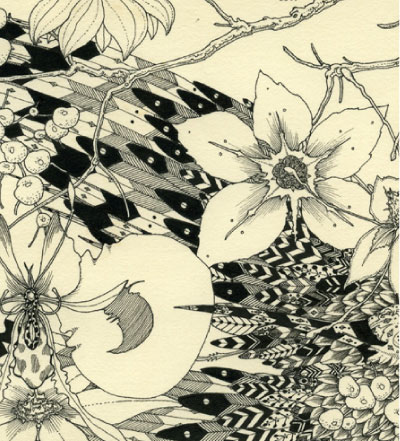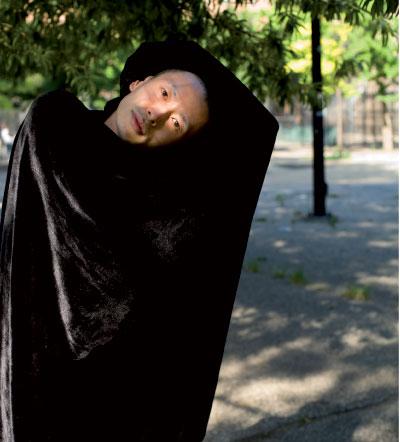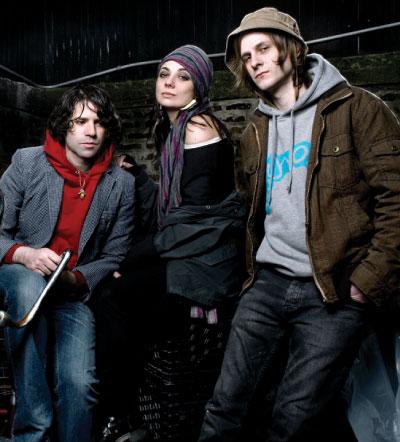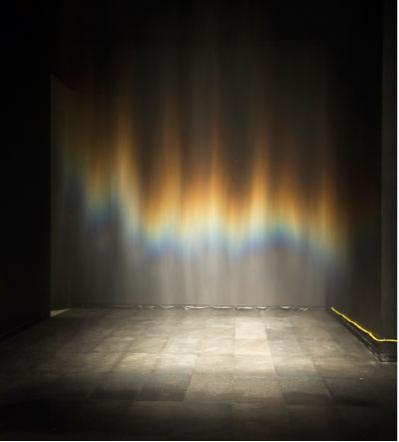
Over the ages, people have looked to visual art to do many things. Whether the images they made, studied, and revered represented their cosmological beliefs, recorded the ins and outs of their survival systems, delivered them from banality to a place of fantasy, or simply sniffed out hidden beauty in the world around them, these classic aspirations have preceded and outlived the trappings of so-called postmodern art, and have more recently infused it with new tenor. Ernesto Caivano’s work reaches each of these art historical golden rings.
In the summer of 2001, after a long trip to Europe, the artist began After the Woods, a series of drawings made with ink gouache, watercolor, and graphite on paper that can only be described as epic. At the time the contemporary art world was busy decrying the end of irony (an ironically befuddling death sentence) and dismissing classically beautiful work as “low brow”. Caivano had the fortitude to work against the grain and the foresight to launch a series that still keeps him engaged so many years later. Nonetheless, it’s a surprisingly complex project to define. “I’ve been trying to come up with a one-liner for eight years now,” says the artist. His work revolves around a master narrative he wrote at the beginning of the project.




 Facebook
Facebook Permalink
Permalink Digg
Digg Reddit
Reddit LinkedIn
LinkedIn StumbleUpon
StumbleUpon Tumblr
Tumblr



